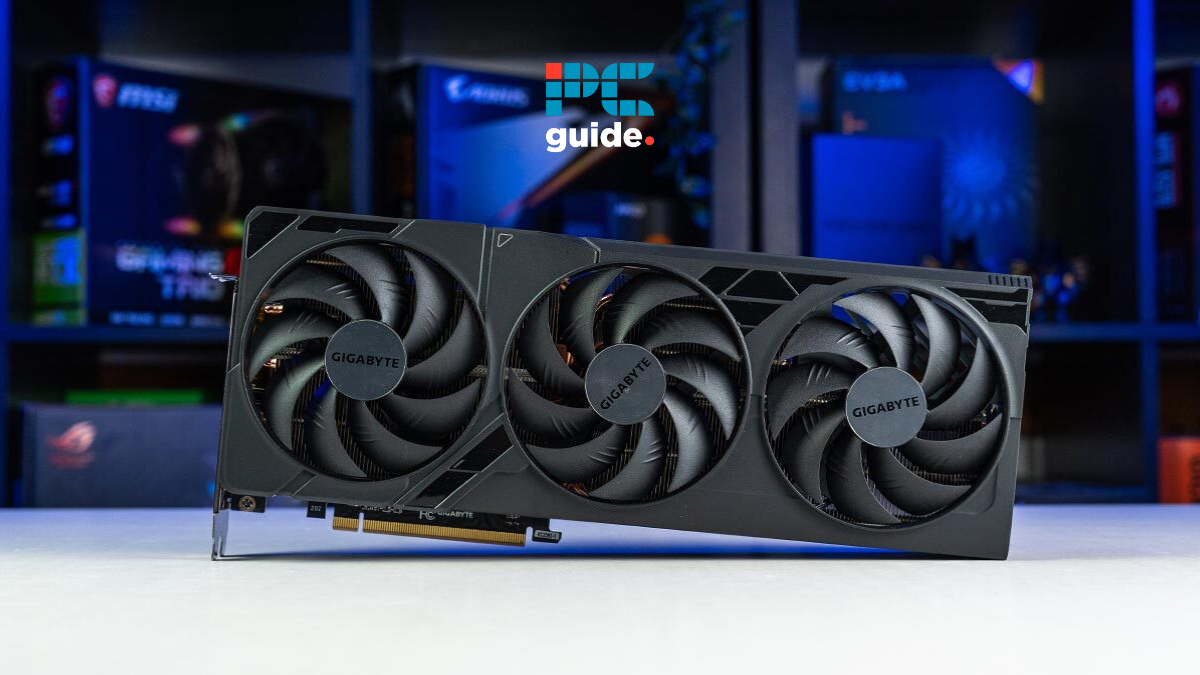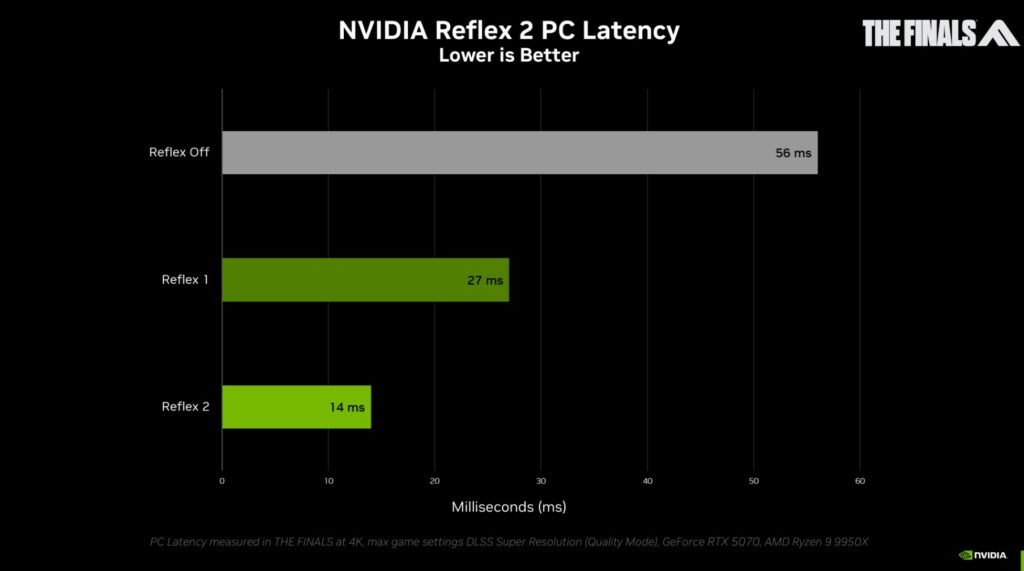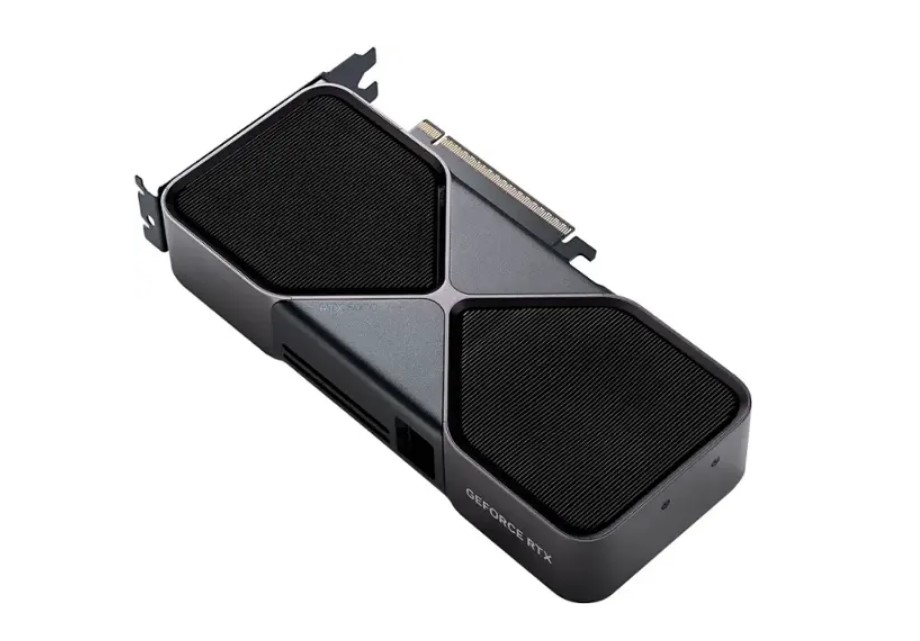RTX 5070 vs RTX 4080 Super specs comparison – how do they compare?

Table of Contents
The RTX 5070 and RTX 5070 Ti have had us intrigued ever since their announcement at CES 2025. Perhaps the most interesting part, were the bold claims that they could offer RTX 4090 performance at a way lower cost.
Recently, the build up to the launch has been a little mixed. The Ti option is not getting a Founders Edition, which could make it difficult to find it at MSRP. That came to light as a user bought the card before launch and overpaid for it. Even our community doesn’t seem to feeling the card, coming in dead last in our recent poll.
The big question here is whether you should upgrade from your 40-series card, and this article is for those who have an RTX 4080 Super. You may be wondering whether to go for the 5080 instead (read our review to see for yourself!), but if you’re looking for something cheaper and maybe even easier to buy at launch, the RTX 5070 or 5070 Ti is worth considering.
The 5070 and 5070 Ti aren’t out yet, meaning we don’t have performance benchmarks, but we have reviewed the RTX 4080 Super, so we can share how it did in some of our tests. But the 5070 Ti release tomorrow, reviews are out, and we can see the kind of performance it achieves, even though we have to wait for our own reviews to be done.
Spec comparison
We’ve listed their specifications below to see the hardware difference between the two processors.
| Specifications | RTX 5070 | RTX 5070 Ti | RTX 4080 Super |
| Cores | 6144 | 8960 | 10240 |
| Base clock speed | 2.16 GHz | 2.3 GHz | 2.29 GHz |
| Boost clock speed | 2.51 GHz | 2.45 GHz | 2.55 GHz |
| Memory | 12GB GDDR7 | 16GB GDDR7 | 16GB GDDR6X |
| Memory interface | 192-bit | 256-bit | 256-bit |
| Bandwidth | 672 GB/sec | 896 GB/sec | 736 GB/sec |
| TDP | 250W | 300W | 320W |
| Power connector | 2x PCIe 8-pin cables or 300 W or greater PCIe Gen 5 cable | 2x PCIe 8-pin cables or 300 W or greater PCIe Gen 5 cable | 3x PCIe 8-pin cables or 1x 450 W or greater PCIe Gen 5 cable |
| Release date | March 2025 | February 2025 | January 2024 |
Despite being a year older than the RTX 5070, the RTX 4080 Super has more decked-out specifications in all aspects, which suggests that it should have better performance.
Memory
The first difference between these two CPUs is the VRAM capacity and memory type. The RTX 5070 has 12GB of GDDR7 VRAM, while the RTX 4080 Super has 16GB of GDDR6X VRAM. GDDR6X has a per-pin data rate capacity of 24Gbps, while GDDR7 takes it to the next level with 32Gbps.
So, GDDR7 is much faster than GDDR6X, but the RTX 4080 has 4GB more to work with, which is better because it allows for more data to be processed compared to 12GB memory. On top of that, you're likely to hit a bottleneck quicker with 12GB VRAM if you're playing graphically demanding titles with maxed-out settings than with the RTX 4080 Super.
Core count and clock speed
The core count and clock speed of these GPUs are also different. The RTX 4080 Super has 10,240 CUDA, while the RTX 5070 has 6,144. This is a significant difference of 4,126, which is significant and puts the 4080 Super on the front.
The only way the RTX 5070 Super can beat the 4080 Super is by leveraging DLSS 4 because it is outmatched in terms of hardware. The 4080 Super has a base and boost clock speed of 2.29 and 2.55 GHz, respectively, while the 5070 has 2.16 and 2.51 GHz.
So, not only does the 4080 Super has more cores and a higher VRAM capacity, but it can process more instructions per clock cycle, which means better in-game performance.
Ports
The Nvidia RTX 50-series cards feature the new HDMI 2.1b and DisplayPort 2.1b connectivity options. This means that the RTX 5070 can support UHBR20 and a 4K connection with 480Hz or 8K with 165Hz using the DisplayPort, and with HDMI, it'll be 4K at 480Hz and 8K at 120Hz.
The RTX 4080 Super has an HDMI 2.1a port, which can support up to 4K 240Hz and 8K 60Hz, and a DisplayPort 1.4a. So, in this domain, the RTX 5070 has superior connectivity options and can deliver a smoother output.
Features
The trump card that the RTX 5070 has over the RTX 4080 Super are DLSS 4 and Reflex 2. DLSS 4 is the latest generation of Deep Learning Super Sampling, a technology that uses AI to upscale frames rendered in lower resolution to 4K. This gives it a huge boost in gaming and is probably the only way it can compete with the RTX 4090.
While the RTX 4080 Super will also have DLSS 4 later on, it won't have Multi-Frame Generation as that is reserved only for the RTX 50-series cards, and that is what will give 5070 the edge. To showcase the capabilities of DLSS 4, Nvidia has a video on its YouTube channel with Cyberpunk 2077 as an example.
Natively, Cyberpunk 2077 was running at 27 FPS, but with DLSS 2 turned on, the FPS jumped to 71, and with 3.5, it went further to 141 FPS. However, with DLSS 4, Cyberpunk 2077 was running with 247 FPS, which is a 106 FPS increase. This is simply amazing. With DLSS 3 and 4K Ray Tracing enabled, the RTX 4090 managed 133 FPS in Cyberpunk 2077 when we tested it.
As for Reflex 2 works in tandem with Frame Warp to reduce the system latency, resulting in quicker response time, giving you an edge in do-or-die situations, and delivering a smoother gameplay experience. How it works is that the CPU calculates the next frame based on the mouse input, like if you're moving the mouse to the left, it'll calculate what the next frame would look like in game with all the surroundings and players.

So, instead of waiting for the GPU to render the next frame, Frame Warp moves the camera angle or warps it to the left, making the response snappier. Also, to ensure that incorrect frames aren't forwarded to the display, Frame Warp waits till the last moment and sends the frame when the GPU is done rendering so that the most recent mouse input is shown and prioritized.
Shifting the pixels around can cause “holes” in the frame and to eliminate this issue, Reflex 2 has something called inpainting, which is a latency-optimized predictive rendering algorithm that uses prior frames, color data, and depth data from previous frames to fill out these gaps.
This ensures that the frame is smooth, there is no tearing, and all the colors match their surroundings. So, Nvidia has gone above and beyond with its new technologies. If you want to see Reflex 2 and Frame Warp work in-game, Nvidia has another video showcasing how it works and explaining it pretty well.
Performance
Although we haven’t yet experienced the graphics card hands-on, there are reviews for the RTX 5070 Ti comparing it to the RTX 4080 Super. There, we can see what kind of gap there is between the two and whether the 50 series can catch up between the tiers and reach the 80-tier class.
In these, we see the 5070 Ti lose out to the RTX 4080 Super by 3% at 1080p on average, with the 1440p showing a similar difference, but at 4K that gap in fact does fall to less than 1%. Showing that the faster memory, even with fewer CUDA cores, does give it a good boost in high-resolution performance.
Having a closer look, it’s very clear the 5070 Ti does do well with the high resolutions. In Cyberpunk 2077 at 4k, it averages around 60FPS, compared to the RTX 4080 Super, dropping to 59, a whopping 1FPS! However, in lower resolutions, it does fall behind anyway, as in 1080p, the 5070 Ti gets 188FPS compared to the 4080 Supers 195FPS.
That’s even without the DLSS 4 capabilities on the newer 50 series. That gives the card a great boost at the toughest of settings. Like in 4K with full ray tracing with no assistance, it drops to a 15FPS average. But then turning on 2x MFG increases it up to 53, and full 4x all the way to 110FPS.
RTX 5070 vs. RTX 4080 Super – price comparison
The RTX 5070 will launch with a $549 MSRP, with the RTX 5070 Ti set for $749, while the RTX 4080 Super has a $999 price tag, with third-party variants being more expensive. We all know that MSRPs are essentially pointless when it comes to graphics cards, as scarcity usually increases the price. Case in point, a quick scan of Newegg shows 4080 Super cards coming in at between $2000 – $2500. That’s even more than the RTX 5080 price…
Personally, I think that even though the 5070 won’t be in super high demand in comparison to the 5080 and 5090, it’ll still fly off shelves, and we’ll be stuck with some over-priced AIB models instead – or 5070 gaming PCs, which are always more expensive. I’d predict the 5070 will be going for closer to $800 after launch, with the Ti option going for closer to $1000 – $1100, even with an MSRP of $749.
Still – the 5070 seems the best bang for your buck, even with potentially inflated prices. It’s best to wait to see how it performs once benchmarks and reviews come out for it. Although some people are not holding back as there’s already been a case of someone buying the RTX 5070 Ti before its release date.
Early impressions
On paper, the RTX 4080 Super is a much better card, and since we've tested it in-house, we know that it is a solid GPU for 4K gaming. It has more VRAM, which comes in handy in gaming and work, whether rendering or training machine learning models. The only advantages the RTX 5070 has are DLSS 4 and Multi Frame Generation.
However, the RTX 4080 Super will also eventually get DLSS 4, which can even increase the odds a little. We’ll have to see for ourselves when get hands on with the card, but for now, it’s looking like that 5070 and 4080 Super are fairly evenly matched.



